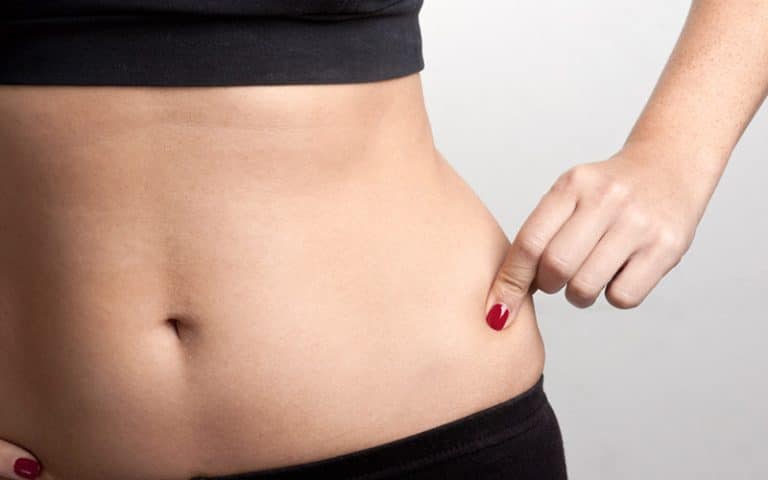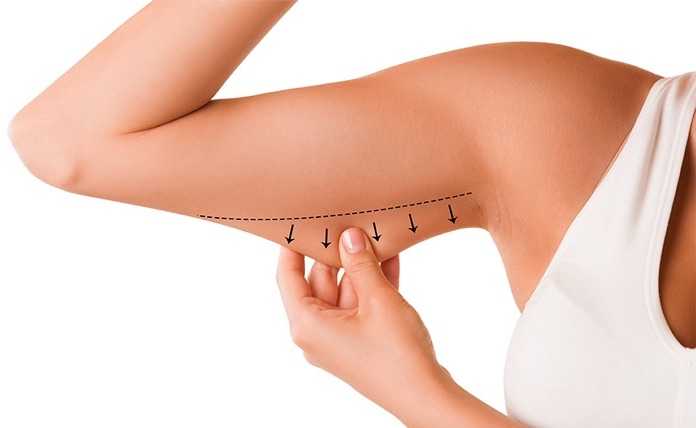Beyond the Bandages: A Comprehensive Approach to Managing Swelling After a Mummy Makeover
A mummy makeover is a combination of cosmetic surgery procedures designed to help women restore their pre-pregnancy body shape. It can include a tummy tuck, breast augmentation, liposuction and/or breast lift. The mummy makeover procedure is tailored to each individual patient’s needs and desired outcome. It is important for patients to understand all aspects of the procedure prior to undergoing the mummy makeover. This article will discuss what a mummy makeover involves, pre-operative considerations, post-operative care and recovery, as well as additional resources that are available.
The mummy makeover is an excellent way for women to regain their pre-baby body shape and confidence. It is important for patients to be aware of all aspects of the procedure before making any decisions. This article will provide an overview of the mummy makeover process and what to expect during your recovery period.
What is a Mummy Makeover?
A mummy makeover is a combination of surgical procedures designed to help women restore their pre-pregnancy figures. Commonly, these procedures include breast augmentation, liposuction, and tummy tuck surgery. Women who have had multiple pregnancies or have lost large amounts of weight may also benefit from this type of makeover. The goal of the mummy makeover is to improve the overall appearance of the body by combining various cosmetic surgeries into one procedure.
Breast Augmentation
Breast augmentation is typically included in mummy makeovers as it can help women regain their fuller and more youthful looking breasts after pregnancy or breastfeeding. During surgery, an implant is placed behind each breast to increase its size and shape. The size and type of implants used will depend on the patient’s desired results.
Liposuction
Liposuction can be used to remove excess fat from areas such as the abdomen, hips, thighs, arms, and buttocks. This procedure can help create a smoother contour for the body and improve overall proportions. Liposuction can also be used to reduce stubborn pockets of fat that are resistant to diet and exercise.
Tummy Tuck Surgery
Tummy tuck surgery (abdominoplasty) is often included in mummy makeovers as it can help restore a flatter stomach after pregnancy or significant weight loss. During this procedure, excess skin and fat are removed from the abdominal area while weakened abdominal muscles are tightened for a firmer appearance.
Mummy makeovers are tailored to each individual patient’s needs and goals so results may vary depending on what procedures are included in the makeover package. It is important for patients to discuss their desired outcomes with their surgeon before undergoing any type of cosmetic surgery.
Patients should discuss risks, medications, and lab tests with their surgeon before undergoing a mummy makeover.
Pre-operative Considerations
Before undergoing a mummy makeover, it is important to understand the risks associated with the procedure. The patient should discuss all of their concerns and expectations with their surgeon prior to the surgery. During this consultation, the surgeon will review the patient’s medical history and any medications they are currently taking. The patient should also inform their doctor if they have any allergies or previous reactions to anesthesia.
In addition, the patient should stop smoking at least two weeks before surgery as nicotine can impede healing and increase the risk of complications. It is also advisable for patients to avoid drinking alcohol for several weeks prior to surgery.
Finally, patients should arrange for someone to drive them home after surgery and provide assistance during recovery. A mummy makeover is an extensive procedure that requires a long recovery period, so it is important that patients have adequate support throughout this process.
Medications
Patients should not take any anti-inflammatory medications or supplements such as aspirin, ibuprofen, Vitamin E, omega 3 fatty acids or St John’s Wort for two weeks before surgery as these can increase bleeding risk. Patients may be prescribed antibiotics prior to surgery in order to reduce the chance of infection.
Lab Tests
The surgeon may ask the patient to undergo certain laboratory tests prior to surgery in order to ensure they are healthy enough for the procedure. These tests may include a full blood count, urine analysis and/or an electrocardiogram (ECG). In some cases, additional tests may be necessary depending on the individual’s medical history and overall health condition.
Post-operative Care and Recovery
Once the mummy makeover procedure is complete, post-operative care and recovery is the next step. This phase of the process is just as important as the surgery itself and requires careful consideration. During this period, it is important to follow all instructions provided by your doctor in order to ensure a safe and successful recovery.

Rest and Sleep
It is essential to get plenty of rest during the post-operative period. It is recommended that patients get at least 8 hours of sleep each night for optimal healing and recovery. Additionally, it is important to avoid any strenuous activities or exercise during this time.
Compression Garments
Most doctors will recommend wearing a compression garment for several weeks following surgery. Compression garments help reduce swelling, provide support for the newly operated areas, and help to shape the body during the healing process. The garment should be snug but not too tight in order to be effective.
Sleeping Position
The best sleeping position after a mummy makeover procedure is on your back with your head slightly elevated using pillows or other props such as wedges or foam blocks. Sleeping on your stomach or sides should be avoided during the post-operative period in order to prevent putting pressure on the newly operated areas which can cause unnecessary pain or discomfort.
Swelling
It is common to experience some swelling following a mummy makeover procedure. To reduce swelling, it is recommended that patients apply cold compresses to the affected area for 15 minutes at a time throughout the day for several days following surgery. Additionally, it may be helpful to keep your feet elevated when sitting in order to help reduce swelling in lower body areas such as hips or thighs.
Mummy makeover is best discussed with a board-certified plastic surgeon, research online for detailed information, and costs can be spread out over time with financing options.
Additional Resources
Surgeon Consultation
The best way to learn more about the mummy makeover and determine if it is right for you is to consult with a board-certified plastic surgeon. During the consultation, your surgeon will discuss your desired results and help you decide which procedures are best for achieving them. Your surgeon can also answer any questions or concerns that you may have about the mummy makeover and provide information on potential risks, recovery time, and cost.
Website Resources
Researching mummy makeover procedures online can be a great starting point for understanding what is involved in the process. Reputable websites such as The American Society of Plastic Surgeons (ASPS) provide detailed information about different types of plastic surgery procedures, including the mummy makeover. Additionally, many surgeons have their own websites that include before-and-after photos of patients who have had the procedure done.
Pricing and Financing Options
The cost of a mummy makeover varies depending on the type of procedure being performed and other factors such as geographic location. Many plastic surgeons offer financing options that allow patients to spread out payments over time. Additionally, some insurance companies may cover certain aspects of the procedure if deemed medically necessary. It’s important to check with your insurance company before scheduling a mummy makeover to find out what costs may be covered.






